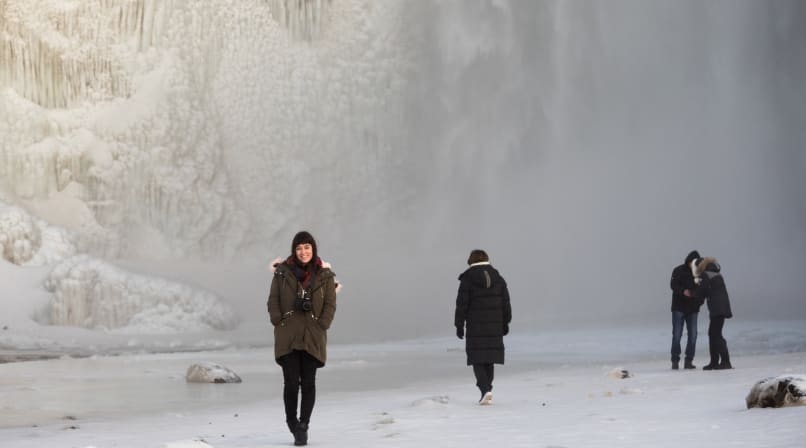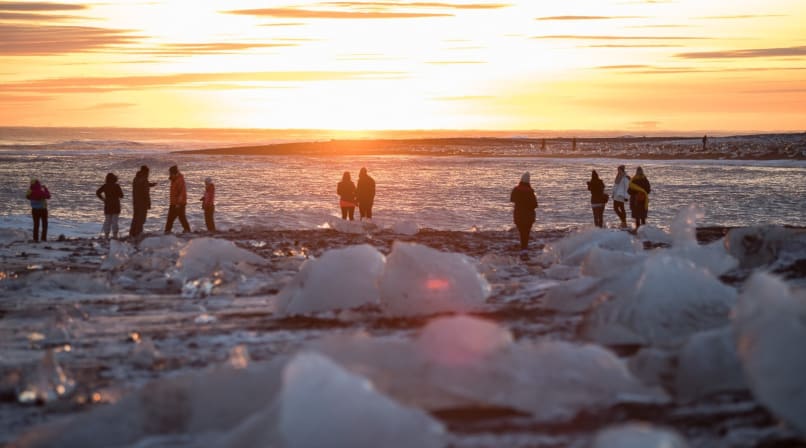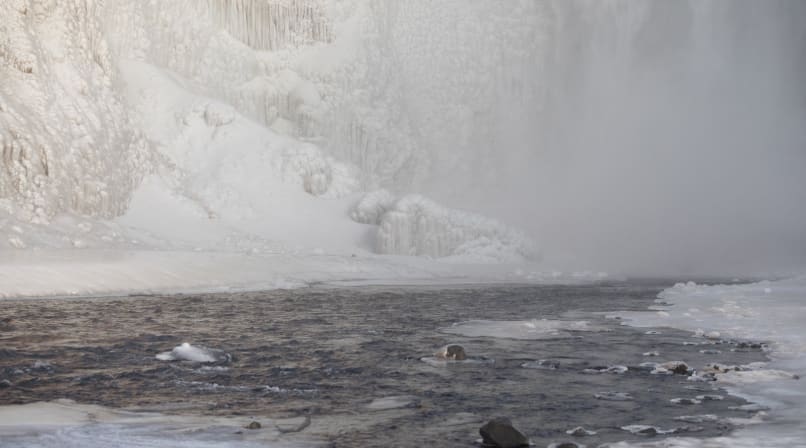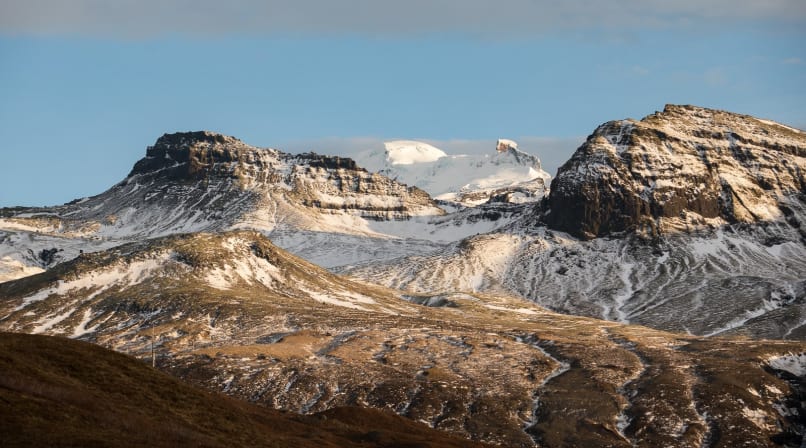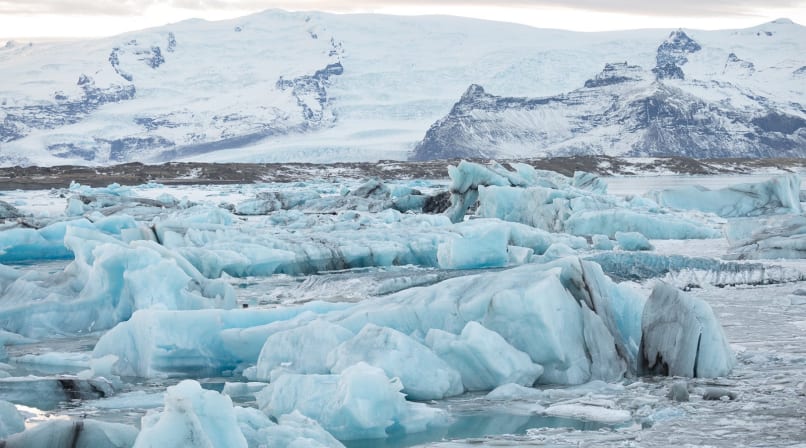Just over 370 kilometres from Reykjavik, in the far southeast corner of the country, you’ll find the Jökulsárlón glacier lagoon. This particular lake—Iceland’s deepest, in fact, at a depth of around 250 metres—is considered to be amongst one of the crown jewels of Icelandic nature. It’s easy to see why; calm and dreamy, the lagoon has the backdrop of jutting, angular Vatnajökull glaciers, and is liberally decorated by shining blue and white icebergs, all reaching upwards against the serene, mountainous surroundings.
Jökulsárlón also sits next to the so-called ‘diamond beach’: a majestic, Tim Burton-esque black sand shoreline, which owes the basalt-rich ground for its unusual colouring, and the glittering chunks of ice studding its length for its moniker. Once upon a time, the sea spilled into a river, travelling along for around 1.5 kilometres before opening up into the lagoon. But as the glaciers melted, Jökulsárlón grew, and now the beach and the lake sit right next to each other in one surreal, Swarovski-bedazzled landmark.
The journey from Reykjavík to Jökulsárlón is a long trip to make in a day, clocking in at around five hours each way. The differences between travelling through South Iceland in the summer and the winter can be stark. Lush green fields are transformed into shining white stretches, and the omnipresent moss covering the lava fields now boasts a glittering blanket of snow. Where delicate waterfalls once cascaded down grass-topped cliffs, frosty stalagmites have formed, stuck fast against the rock faces. These frozen waterfalls, with their sharply pointed fingers of ice, provide a stark—but equally beautiful—contrast to the flowing energy of the summer.
A gorgeous and memorable trip for all ages.

